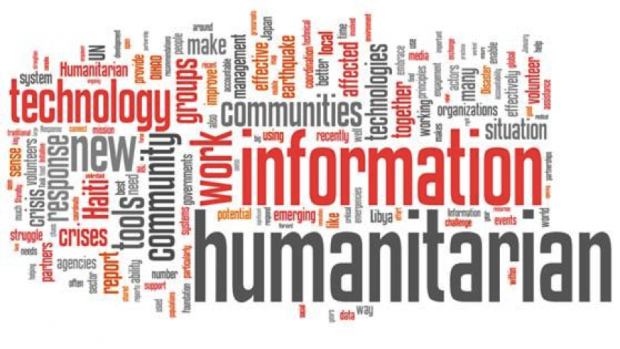Disaster Relief 2.0

As the lead author of Disaster Response 2.0, I had to face a difficult reality: with such a short timeline for research, the report would be imperfect. As a synthesis of more than 40 stories of Haiti, it would need to reduce a complex, multipolar world into a linear narrative oriented at a general audience. So I littered the report with caveats–so many, that my editor asked me to remove about 80% of them. In hindsight, I should have left more them in.
Some of the issues raised by the SBTF were removed in simplifications of language and shortening of a report whose length (and concomitant production costs) were going to be higher than predicted. This was mainly because I tried to accommodate everyone’s stories and to bring more of complexity into the pointillistic description of what happened with Haiti; in the end, the image remained cloudy, best seen from a distance. Some of the details should have been more deeply explored with a finer brush. In various drafts, there was better mention of Brian Herbert’s work, careful distinguishing between the adoption of cell phones and the more sophisticated description of the work necessary to harness mobile technologies for microtasking (pages were cut…), and the like. And many of Rob Munro’s very helpful edits–made in the rush to get the first edition of the print report out the door–couldn’t be entered into the design because of production times, even though the DR2.0 team strongly recommended their inclusion. Those edits included fixes to most of the errors around Mission 4636.
I am working to have those 4636 errors fixed for the final version of the print edition, among other fixes (some recommended by the SBTF, as well as many little things found by others). But changes to words that describe events of 2010 are minor in comparison to the dialogue that has begun on the Crisis Commons and Crisis Mappers mailing lists this week. The report was never intended to perfectly capture all that happened in Haiti. It was intended to begin a dialogue between actors in the international humanitarian system–new and old, formal and informal, volunteer and professional. It appears to have done that.
Would my co-author Jennifer Chan and I have liked to have more time to allow for extensive comments before the print edition went out? Absolutely. Would we also have liked to included the story of how Crisis Commons took its initial frameworks built during the rush of Haiti and built an association of chapters who are now both contributing to Japan (a story that we hope gets told in the near future)? Of course. And to have described the outsourcing of analytical tasks during Pakistan from OCHA to Crisis Mappers. And to have tracked all the brilliant work of so many people over 2010-and 2011. And so much more. But the report was designed to focus on Haiti, and it was already too long to allow for continuous expansion. Besides, it was hard to keep up with the changes that were happening in real time!
That said, there is one point which should be made public: why the report lagged behind the framework that the Standby Task Force created with OCHA. The reason is simple: the draft DR2.0 report was one of the catalysts for building a relationship between OCHA and the SBTF. So yes, we were behind the work around Libya, in more than one sense.
For various personal reasons, I need to step away for several days. So lest anyone think I am being silent and aloof, I am listening and reflecting to the sounds of a community that I deeply love and respect, and to which I have dedicated by career. I’ll be back next week. Besides, the real work here is the community’s, not mine. We must adapt, learn, and grow just like the SBTF and Crisis Commons (and HOT, and OCHA, and many others whose absence from this list will probably cause me grief…)
I will leave off with a thought about the past week of discussions: when working with a group with many opinions, in the debate will be found solutions that no one individual could ever have devised. For this reason, we should focus our creative energy on building the structures that connect a multipolar community of humanitarian actors for a specific goal: a busy summer of 2011. Liberia and Cote d’Ivoire already are calling. South Sudan may be next. And we should expect more floods in Colombia and Pakistan, from moderate to severe. And more crises that we cannot yet foresee. Let’s focus on preparing for these disasters-to-be, and leave the reworking our collective history to times when we can all take up John Livengood’s offer of sampling wine on a Hawaiian beach. We’ll rely on him to keep the tsunami away.
More soon,
- John
(originally posted on 2011.04.11, reposted to intertwingler.com on 2012.04.25)